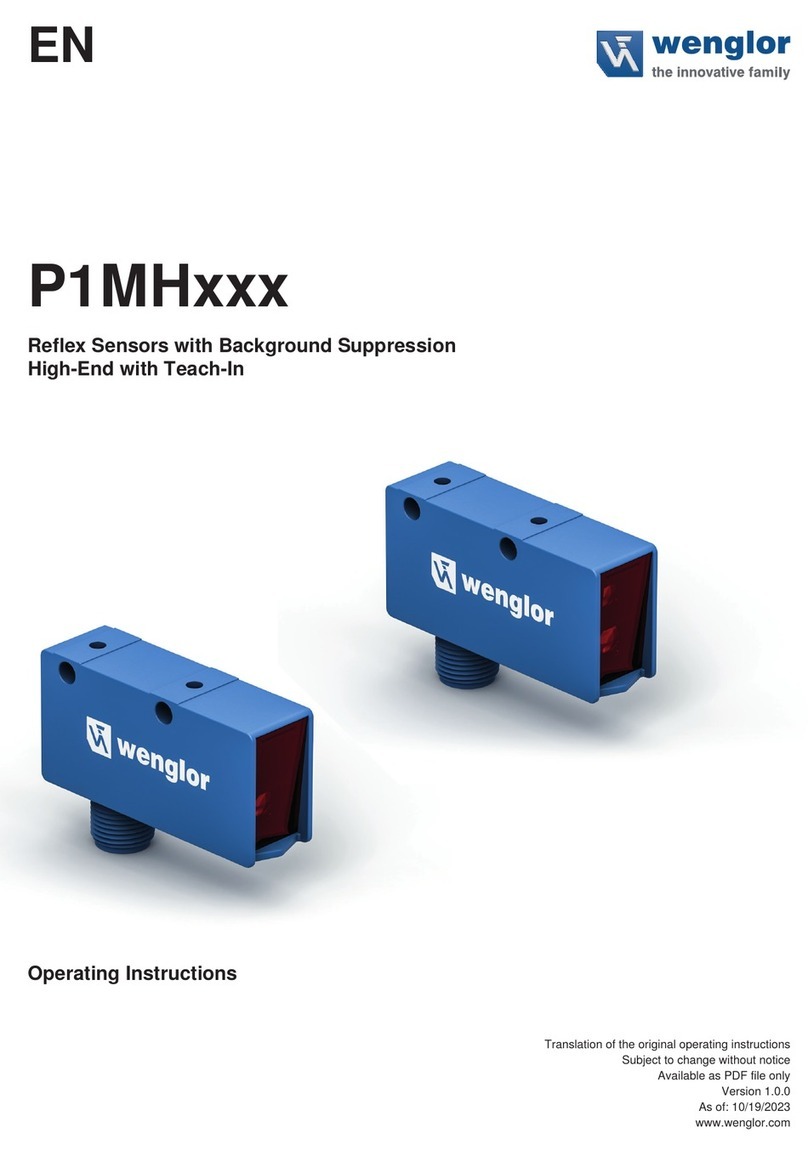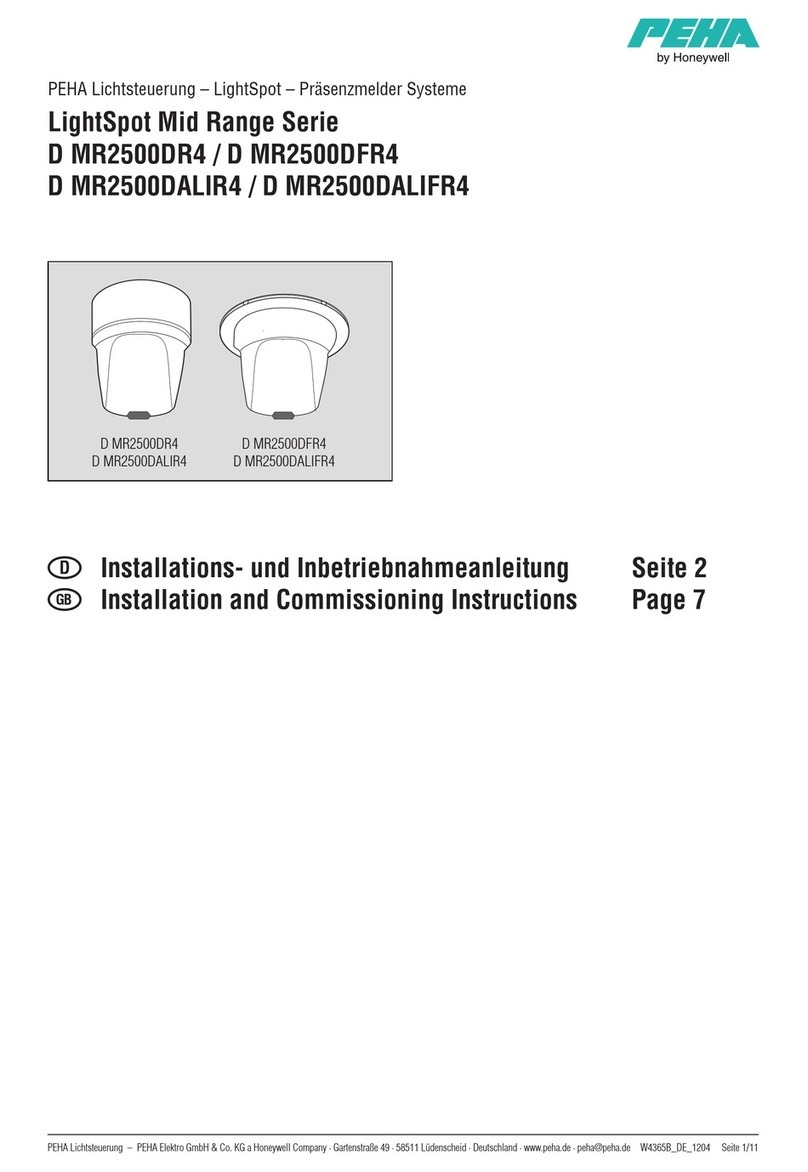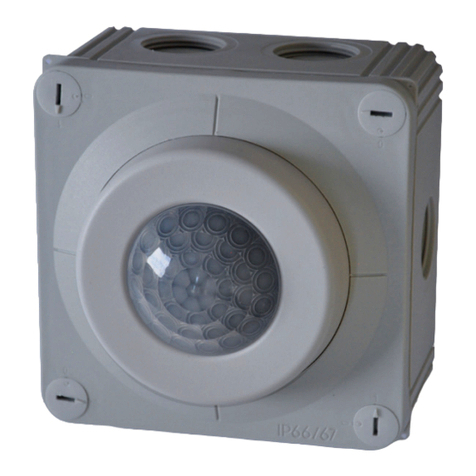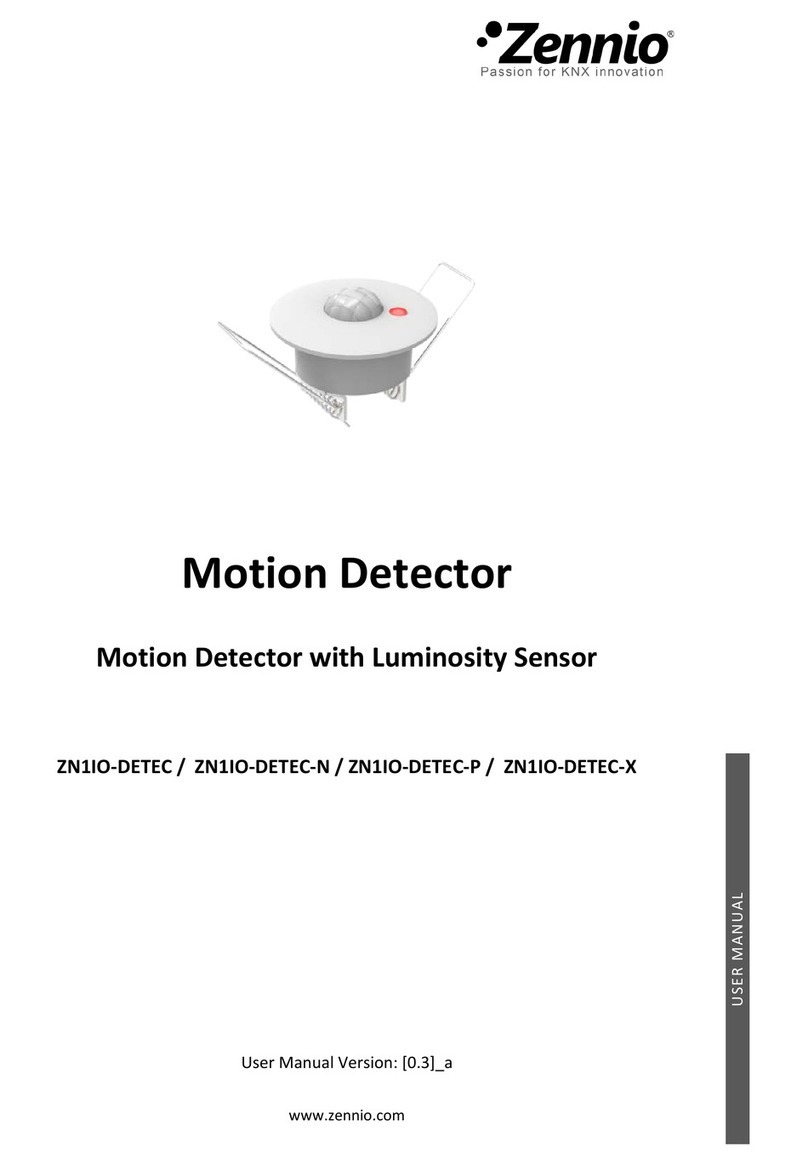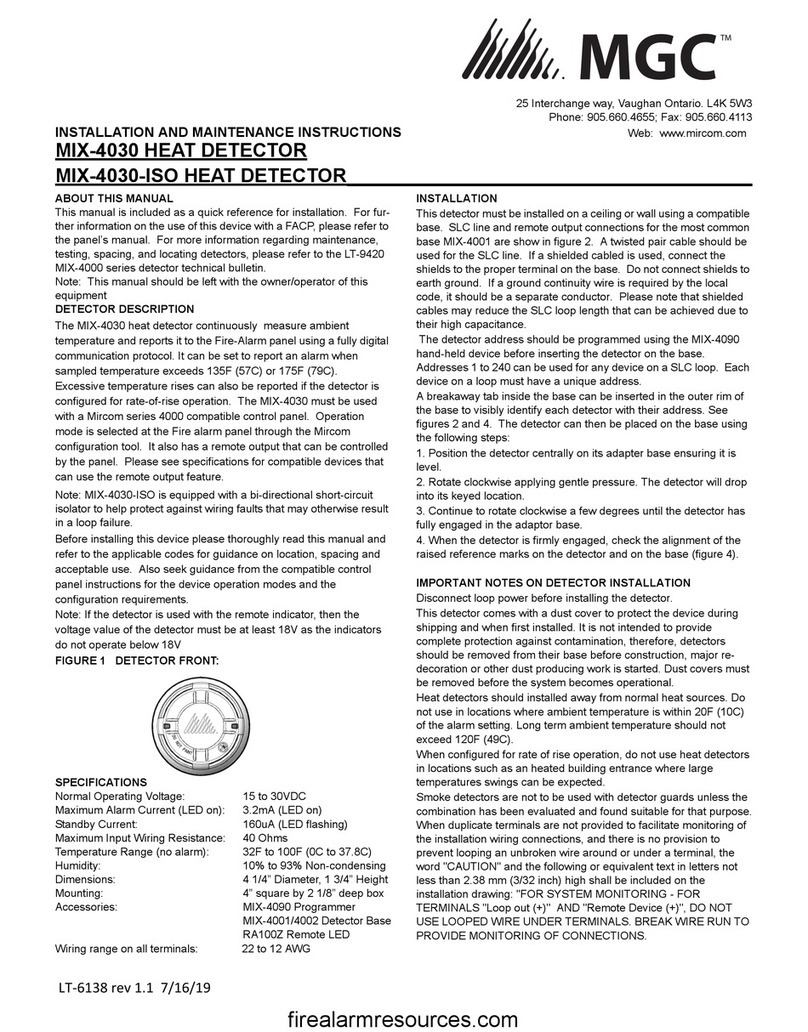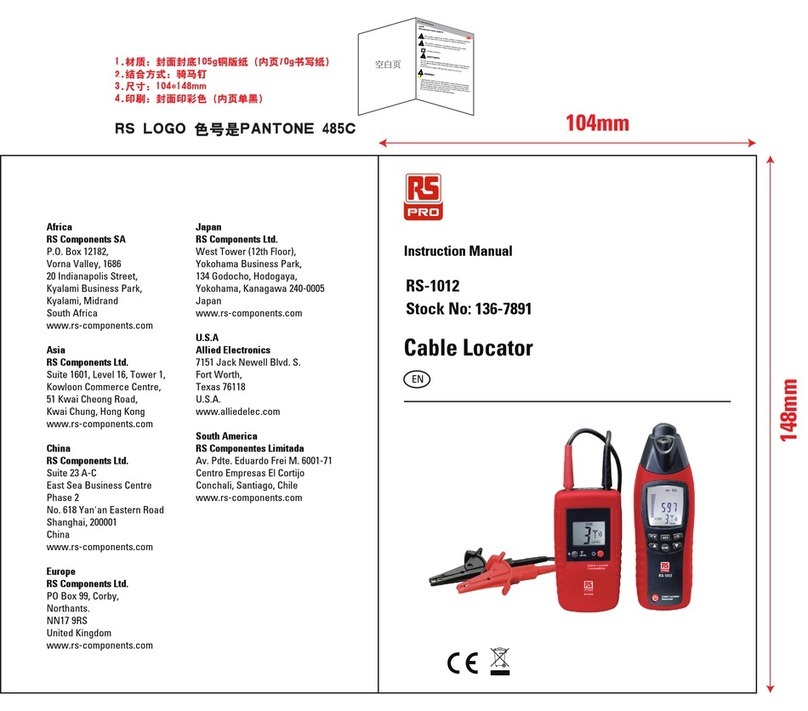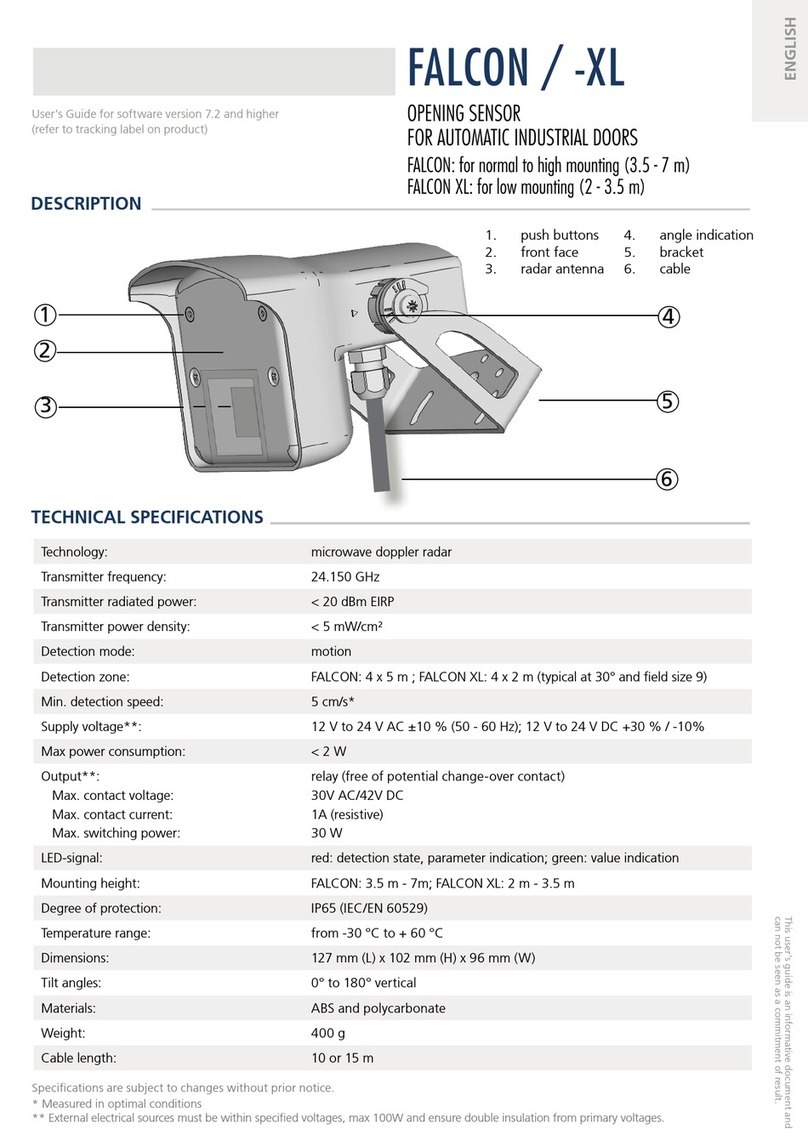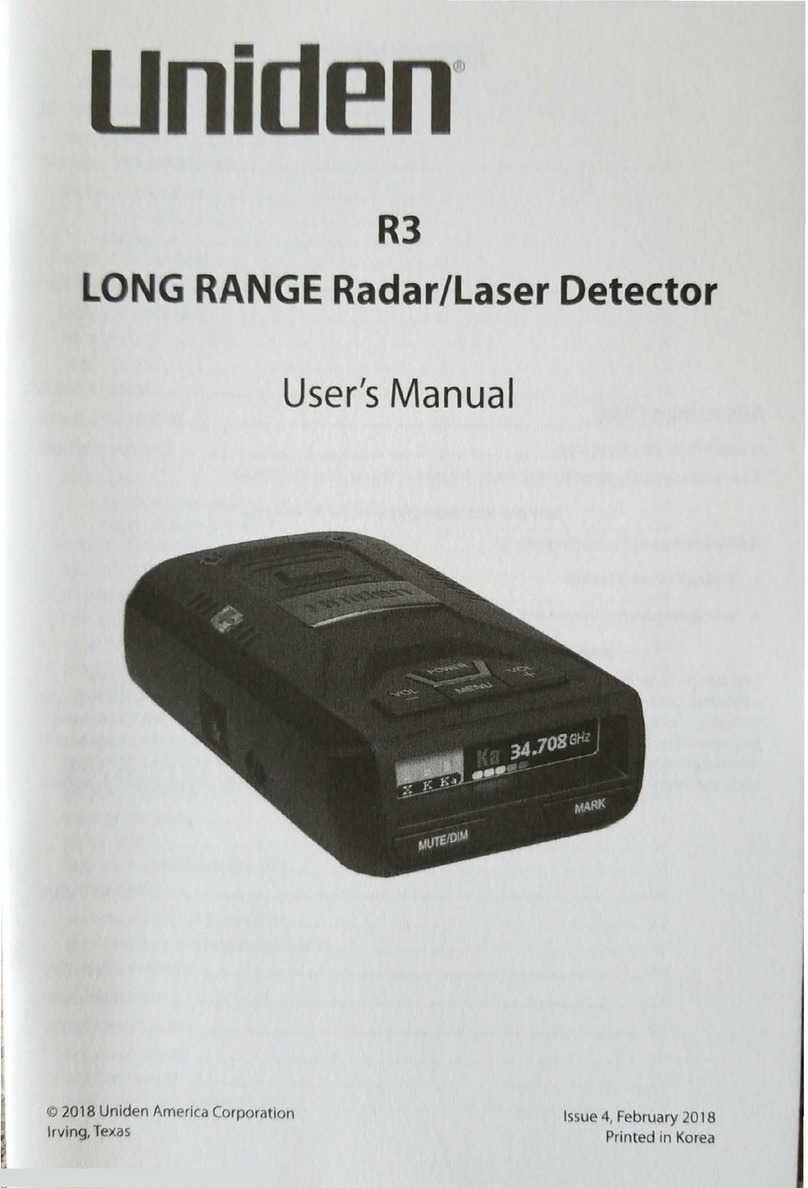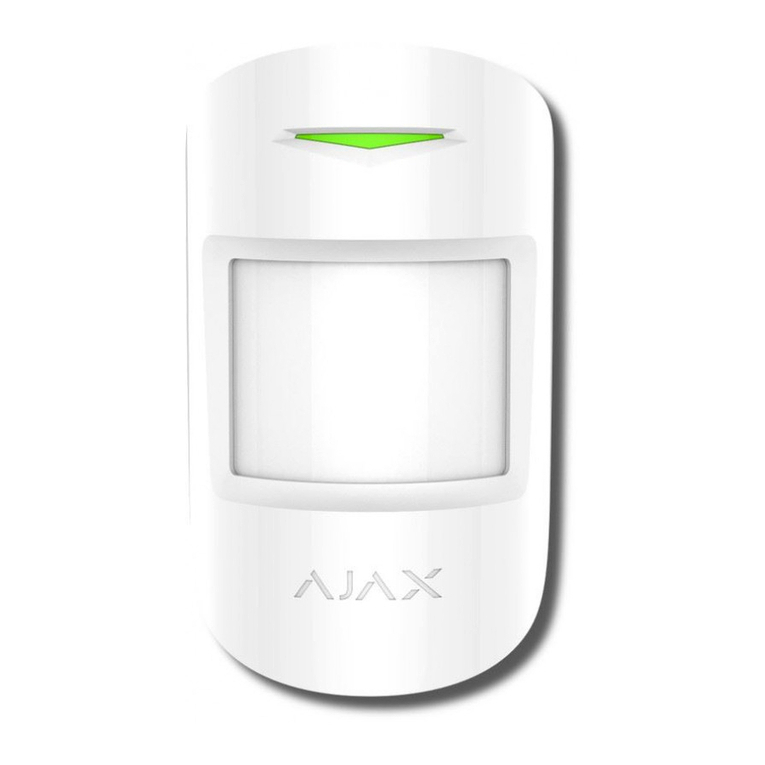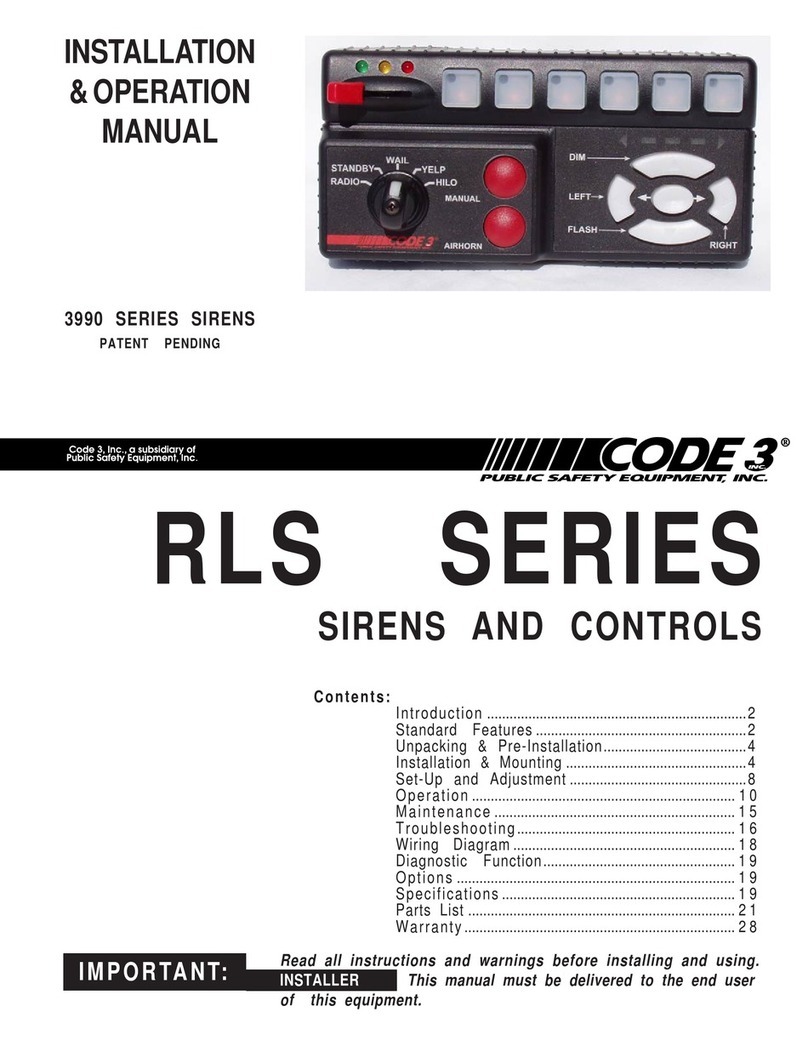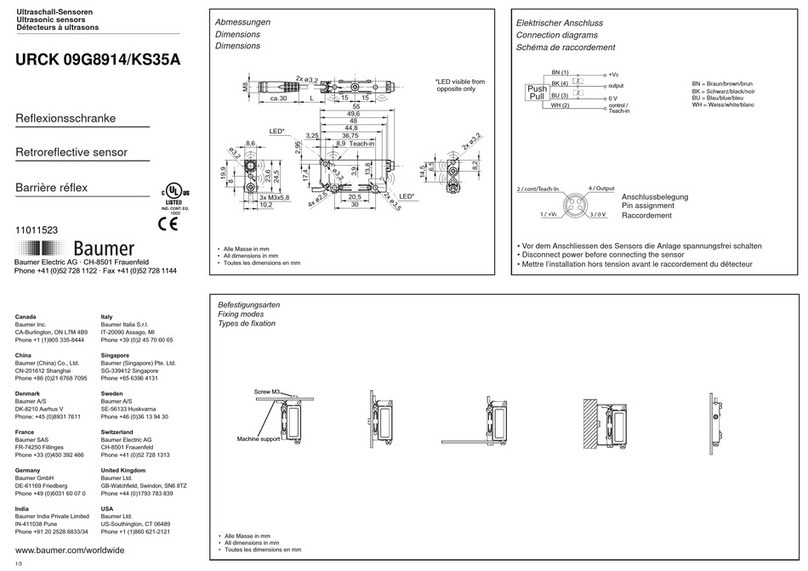ECE S-17-002 User manual

1
Microwave Motion Detector
PN: ece-S-17-002
Figure 1
Overview:
We’ve been looking for a microwave motion detector in the one hundred dollar range for the past couple of years.
Once, we even considered developing one from scratch but then we found this one. First of all, why a microwave
motion detector. There are two basic motion detector technologies available today: motion detector and pyroelectic
infrared (PIR). PIR motion detectors are good in certain situations, but there biggest limitation is they have to have
an open field of sight to their target. You cannot bury them behind the exhibit structure and have them work. The
microwave detectors’ limitation is it cannot be behind metal, but it works great even when hidden by most non-
metallic materials (wood, MDF, fiberglass, etc). So, it can be buried in a non-metallic exhibit where it is hidden but
still detects visitors’ motion.
Most of the microwave motion detectors were developed for automatic door opener systems. Most units even use
the same German manufacturer’s microwave module for the RF portion of the sensor, as does the one we offer.
And, they are generally pretty pricey. If you contact a security/automatic door supplier, they are typically $250-$400.
In their low end, Bircher-Reglomat makes a device called “PrimeMotion” which is what most organizations use for
museum/exhibits. But, even at its most reasonable price, it is around $180. We think our unit, at $100, might be an
attractive alternative.
All manuals and user guides at all-guides.com
all-guides.com

2
Sensor Layout:
LED
FLASHESDURINGPWRUP.
ONDURINGDETECTION.
SENSITIVITYADJUSTMENT
(POTENTIOMETER)
POLARIZED
CONNECTOR
_______________________
BROWN
GREEN
WHITE}RELAY–COMMON
YELLOW}RELAY–NO
}PWR
PLANARANTENNA
Figure 2
Installation Tips:
- Mount to a secure surface that is not subject to motion or vibration.
- Do not mount behind a metal surface.
- Avoid moving objects (examples: wind blown curtains or an oscillating fan) within the target path.
- Avoid HF lamps or fluorescent lighting in close proximity of the sensor.
- Avoid touching the electronic circuit board, which is susceptible to electrostatic discharge.
- Use the included template for identifying the placement of the securing screws.
- To remove the cover from the mounting plate, gently pry it with a small flat blade screwdriver at the back
center joint right below the LED window.
- Use the grommet holes for passing the cable through and tuck into the recessed area in the back of the
mounting plate before it exits one of the two holes provided for that purpose. Do not bend the cable sharply,
but rather leave a gentle service loop in the cable from the circuit board connection as it is routed through
the grommet hole. We suggest using a zip tie as strain relief to prevent pulling the service loop too tight.
See Fig. 3 for the service loop and zip tie and Fig. 4 for routing on the aft side of the mounting plate.
All manuals and user guides at all-guides.com

3
Figure 3 Figure 4
- The “sweet spot” for detection is along a perpendicular axis to the planar antenna. Mount the mounting
plate such that the planar antenna can be adjusted so it is in a parallel plane to the desired visitor location
and so the perpendicular vector is centered on the desired target.
Adjustments:
Sensitivity Adjustment: This adjustment will determine how close the visitor needs to be to trigger the detector. Use
the potentiometer on the right side of the device to adjust this value. Counterclockwise increases the detection area;
clockwise reduces it. The potentiometer is right of the antenna in the lower right hand corner of the PCB (See Fig. 5).
See Fig. 6 for a typical detection range based on the device being mounted on a vertical surface (i.e., looking down)
at a height of 2.2 meters and with the planar antenna at a 30º angle.
Figure 5
11
22
MAX
MIN
Figure 6
All manuals and user guides at all-guides.com

4
Antenna Beam Azimuth Adjustment: Once the mount has been anchored, the planar antenna can be adjusted plus
to minus 30º from its center position. See Fig. 7 for actual antenna position for each of the maximum horizontal
antenna positions with the sensitivity set to the maximum and the antenna tilt at zero degrees.
LEFT RIGHT
01122
11
22
MAX
MIN
33
Figure 7
Antenna Beam Longitudinal Adjustment: To adjust how tight the beam hugs the distance from the base of the
platform, adjust the antenna tilt swivel as shown in Fig 8. For this example the sensitivity is at its maximum and the
height of the motion detector is 2.2m.
01122
11
22
453015
45
30
15
Figure 8
All manuals and user guides at all-guides.com

5
Technical Specifications:
Technology : Microwave/microprocessor
Transmitter Frequency : 24.125GHz
Transmitter Radiated Power : <20dBm EIRP
Transmitter Power Density : <5mW/cm2
Maximum Mounting Height : 3m
Adjustment Angle Range : 0º to 90º vertical and –30º to +30º horizontal
Detection Field (mounting height 2.2m) : 4m by 2m
Detection Mode : motion
Minimum Speed : 5cm/s (center perpendicular axis)
Supply Voltage : 12V to 24V AC/DC
Mains Frequency : 50 to 60 Hz
Power Consumption : < 2W(VA)
Output Relay
Max Contact Voltage : 42VAC and 60vdc
Max Contact Current : 1A (resistive)
Max Switching Power : 30W (DC) and 60VA (AC)
Contact Hold Time : 0.5s
Temperature Range : -20Cº to 55ºC
Degree of Protection : Ip54
Enclosure Material : ABS
Weight : 0.215kg
Length of Cable : 2.5m
All manuals and user guides at all-guides.com
Table of contents
